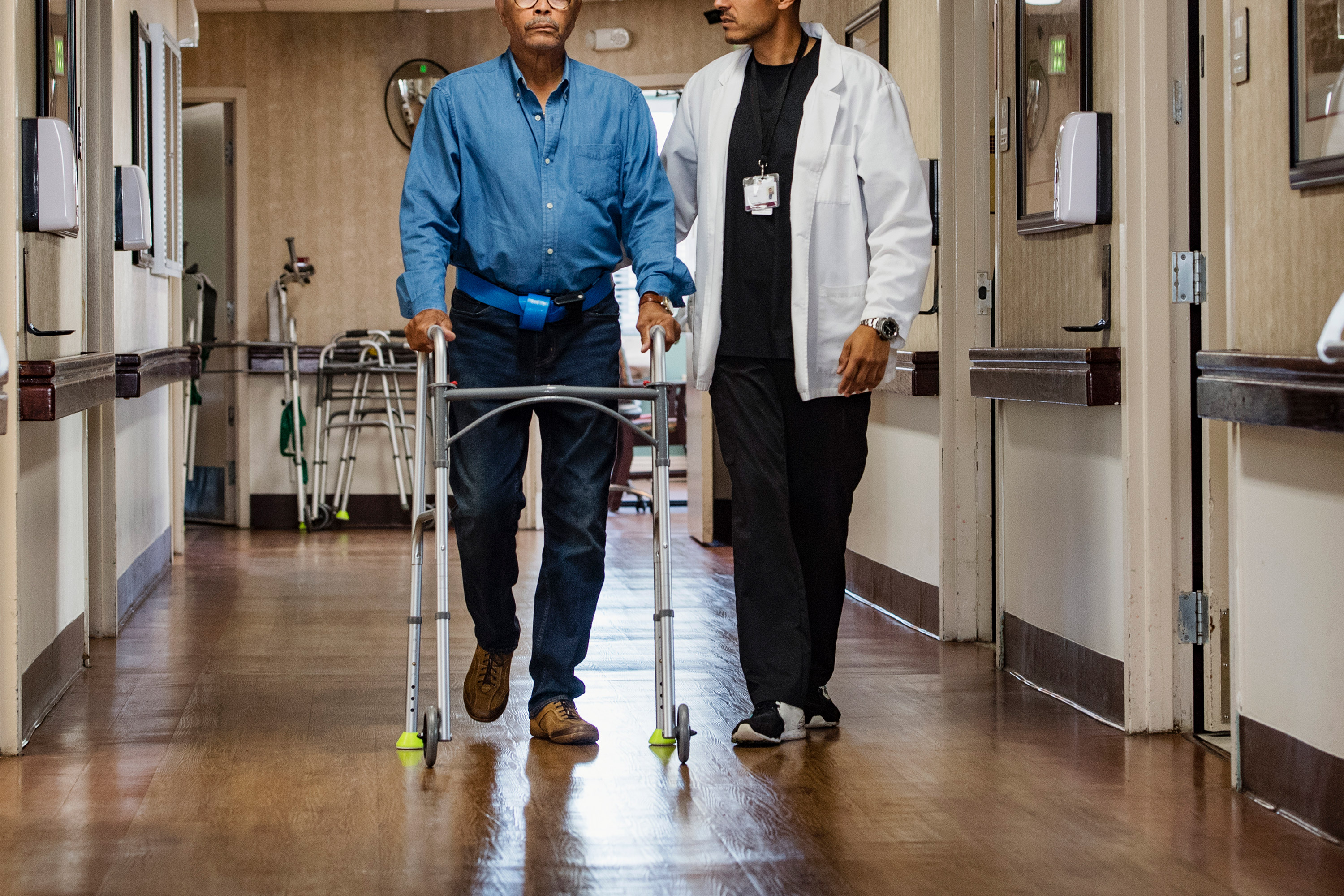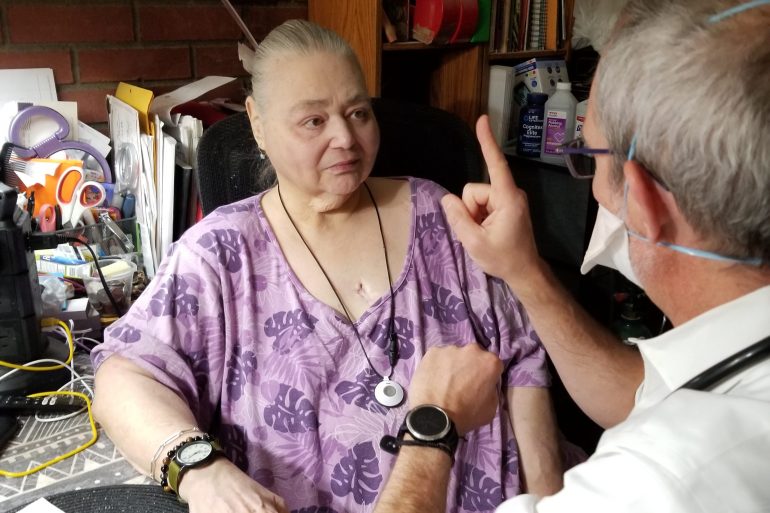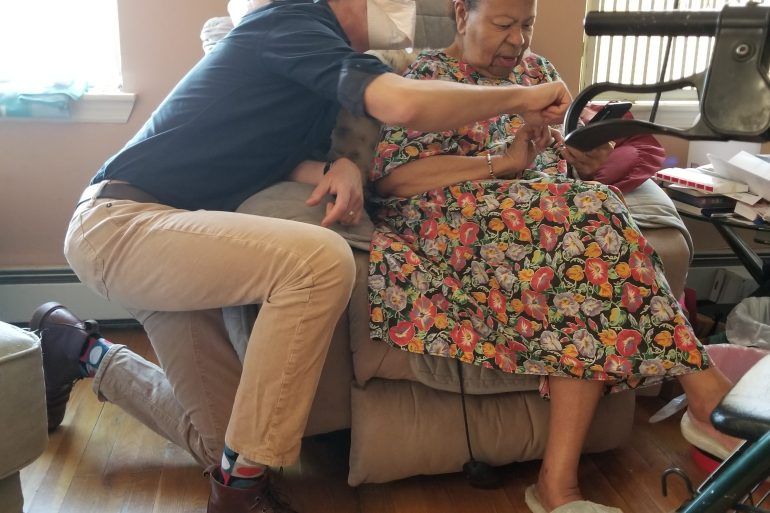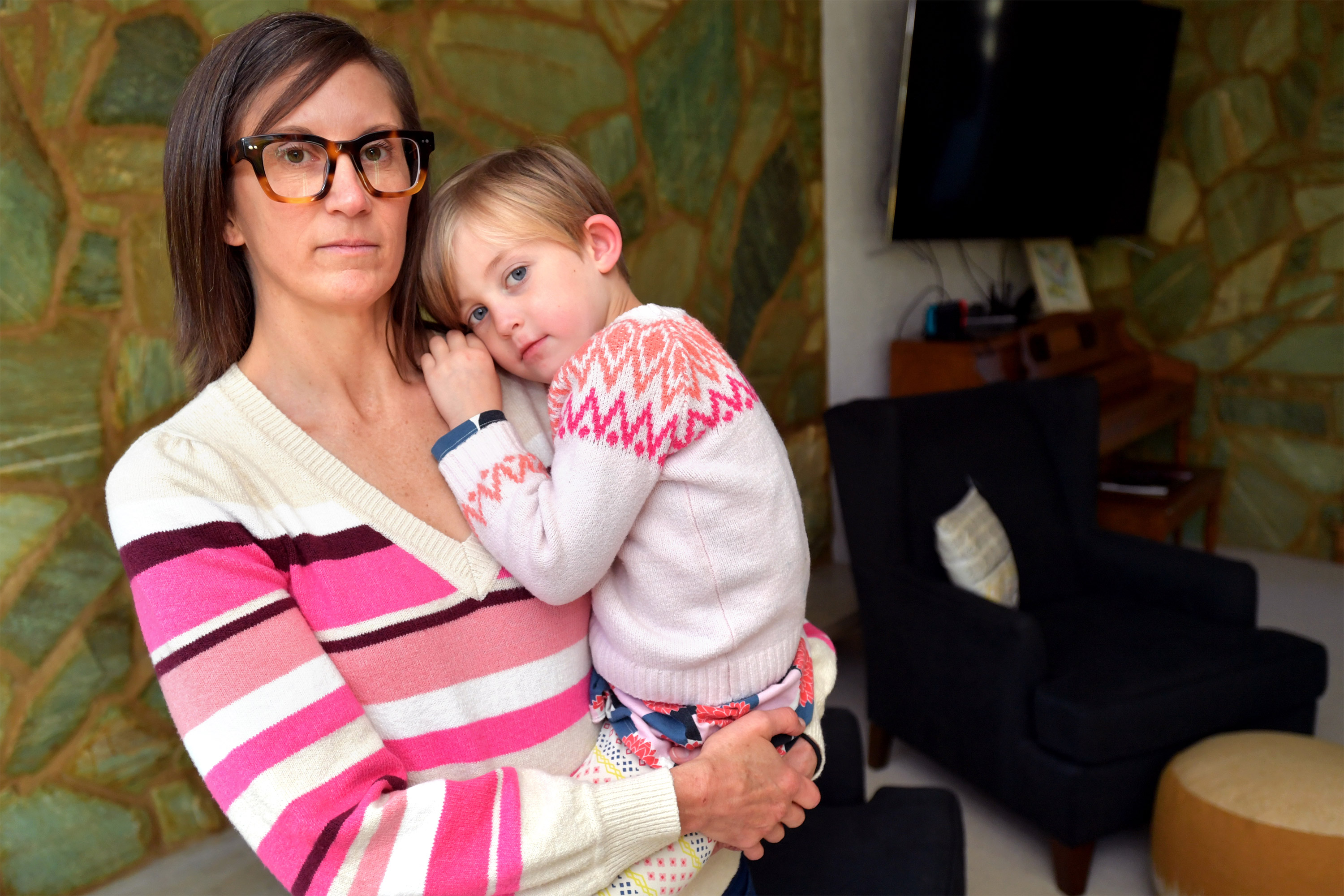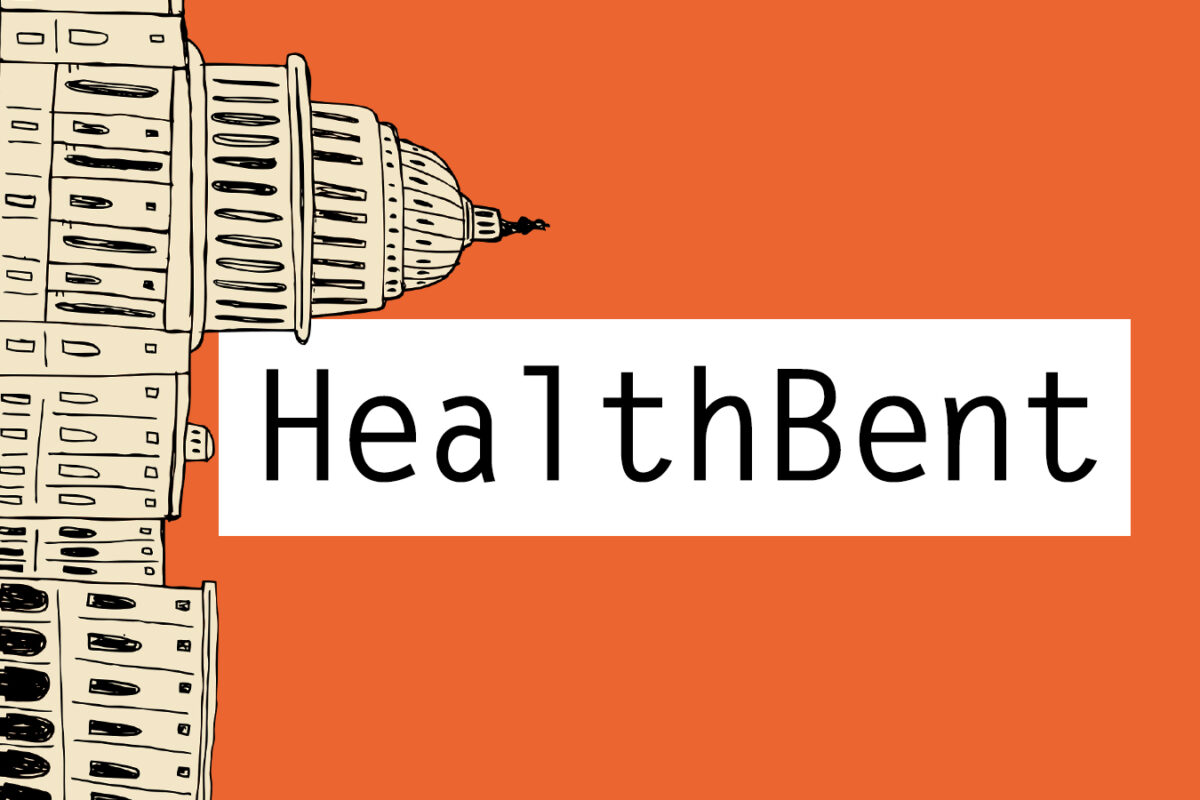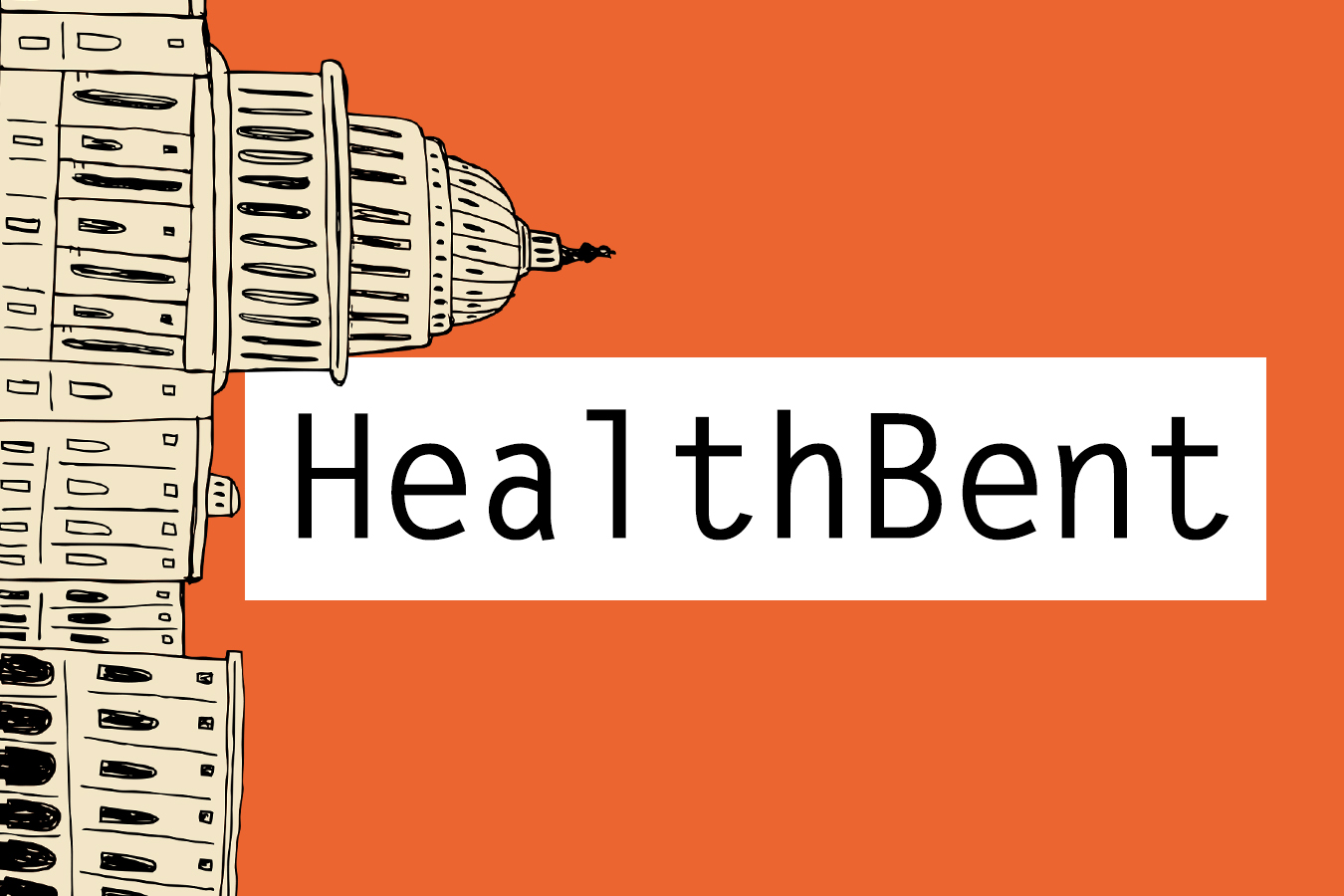Newswise — A new report from the Bloomberg American Health Initiative at the Johns Hopkins Bloomberg School of Public Health finds that life expectancy in the United States is, on average, 78.6 years versus 81.3 years in England and Wales, an overall 2.7-year difference.
The analysis, which reviewed causes of death based on newly released 2023 data, found that preventable causes—heart disease, overdose, firearm violence, and motor vehicle crashes—explain the almost three-year gap in life expectancy.
The report, A Tale of Two Countries: The Life Expectancy Gap Between the United States and the United Kingdom, offers evidence-based solutions from Johns Hopkins public health experts to close this gap and to increase lifespans in the U.S.
The report is set to be announced by Michael R. Bloomberg, founder of Bloomberg L.P. and Bloomberg Philanthropies and WHO Global Ambassador for Noncommunicable Diseases and Injuries, at the seventh annual Bloomberg American Health Summit in Washington, D.C. The Summit convened public health leaders, government officials, community organizations, researchers, and students to discuss the urgent need to uphold evidence-based health policies to improve life expectancy in a politically divided country.
“There is simply no good reason why people in the U.S. can expect to die nearly three years earlier than their counterparts across the Atlantic,” says Joshua M. Sharfstein, MD, director of the Bloomberg American Health Initiative and vice dean for Public Health Practice and Community Engagement at the Bloomberg School. “If we choose programmatic and policy solutions based on evidence, we will close this gap.”
In 1984, life expectancy in the U.S. and the U.K. was the same. But the gap has widened over time, peaking in 2022 during the pandemic with a difference of 4.7 years, as the two countries have taken different directions on health and social policy on issues that include dietary sodium, firearm policy, addiction treatment, injury prevention, COVID-19, and health care. The U.S. health care system is particularly unable to deliver needed preventive services equitably and at scale.
The report found the life expectancy gap is due to the following:
- Cardiovascular disease: Cardiovascular disease, which is linked to environmental factors, structural conditions, and lifestyle choices, represents the largest contributor to the life expectancy gap. The U.S. death rate due to cardiovascular health issues is 38% greater than that of England and Wales.
- Overdose deaths: Overdose is the second leading contributor to the gap. The U.S. overdose death rate is more than three times greater than England and Wales—31.6 per 100,000 versus 9.3 per 100,000.
- Gun-related deaths: The death rate for firearm-related homicides and suicides is 13.3 deaths per 100,000 in the U.S. compared to 0.1 per 100,000 in England and Wales. Ninety individuals died from firearm-related causes in England and Wales in 2023 compared to more than 45,000 in the United States.
- Motor vehicle crashes: The death rate from motor vehicle crashes in the U.S. is six times greater than the rate in England and Wales—13.3 per 100,000 versus 2.2 per 100,000 in England and Wales.
COVID-19 and cancer offset some of the life expectancy gap between the two countries. The death rate for COVID-19 in the U.S. was 12 per 100,000 compared to 13.8 per 100,000 in England and Wales. For cancer-related deaths, the U.S. had a lower rate of 147.2 per 100,000 compared to 186.1 in England and Wales.
The new report is a follow-up to a 2022 report from the Bloomberg American Health Initiative, which detailed actions the U.S. can take to address declining life expectancy.
The new report draws from preliminary 2023 mortality data from the U.S. National Center for Health Statistics and the Centers for Disease Control and Prevention, and final 2023 data from the United Kingdom Office for National Statistics. Available U.K. data includes England and Wales, which represent about 90% of the population, but not Scotland or Northern Ireland. While the U.S. has about five times more people than the U.K. and greater per capita income, the age distributions and several other demographic factors are similar.
Younger Americans, Men Die Before U.K. Counterparts
For younger Americans, the researchers found even larger gaps in life expectancy between the U.S. and the U.K. Firearm-related homicide and suicide rates are 485.9 times higher for people under age 25 in the U.S. compared to England and Wales. Drug overdose rates are 4.5 times higher in the U.S. for people under age 25.
Men overall had the largest age gap in life expectancy, a difference of 3.4 years, and lower life expectancy overall. Men living in the U.S. have a life expectancy of 75.9 years, while those in England and Wales have a life expectancy of 79.3 years. Women have a difference of 1.9 years, with the U.S. having a life expectancy of 81.3 years compared with 83.2 years in England and Wales.
In the new report, researchers also highlight health policies, some in place in the U.K., that can address the key areas they found to be responsible for the life expectancy gap between the two countries. These include:
- Reducing cardiovascular disease by prioritizing clinical and population-based solutions including increasing access to treatment for hypertension, increasing access to more nutritious food, reducing sodium through food policy, and providing more opportunities for physical activity.
- Reducing overdose-related deaths by expanding access to treatment for opioid use disorder, such as methadone, in the U.S. through community pharmacies and correctional facilities.
- Reducing gun homicides and gun-related suicides by limiting access to gun ownership through Firearm Purchaser Licensing and Extreme Risk Protection Orders, both popular policies that have been shown to reduce violence or self-harm.
- Reducing teen suicides by building a national community mental health infrastructure that allows for ongoing investment in mental health care services, especially in rural and historically underserved areas.
- Reducing motor vehicle crashes by incorporating intelligent speed technology that alerts drivers when they are over the speed limit, enforcing penalties for impaired driving, and including a hazard perception test as part of driver licensing requirements.
“This analysis tells a story of how preventable disease is responsible for the U.S. falling behind in life expectancy,” says Alison Gemmill, PhD, MPH, assistant professor in the Department of Population, Family and Reproductive Health at the Bloomberg School and lead researcher on the analysis of the study. “What we do with this information will determine whether this gap grows or shrinks over time.”
Contributors to A Tale of Two Countries: The Life Expectancy Gap Between the United States and the United Kingdominclude Joshua Sharfstein, Alison Gemmill, Lawrence Appel, Sonia Angell, Brendan Saloner, Josh Horwitz, Silvia Villareal, Kiara Alvarez, and Johnathan Ehsani.
# # #

